ACCA P4 Advanced Financial Management - 2010 - Study text - Emile Woolf Publishing
Подождите немного. Документ загружается.

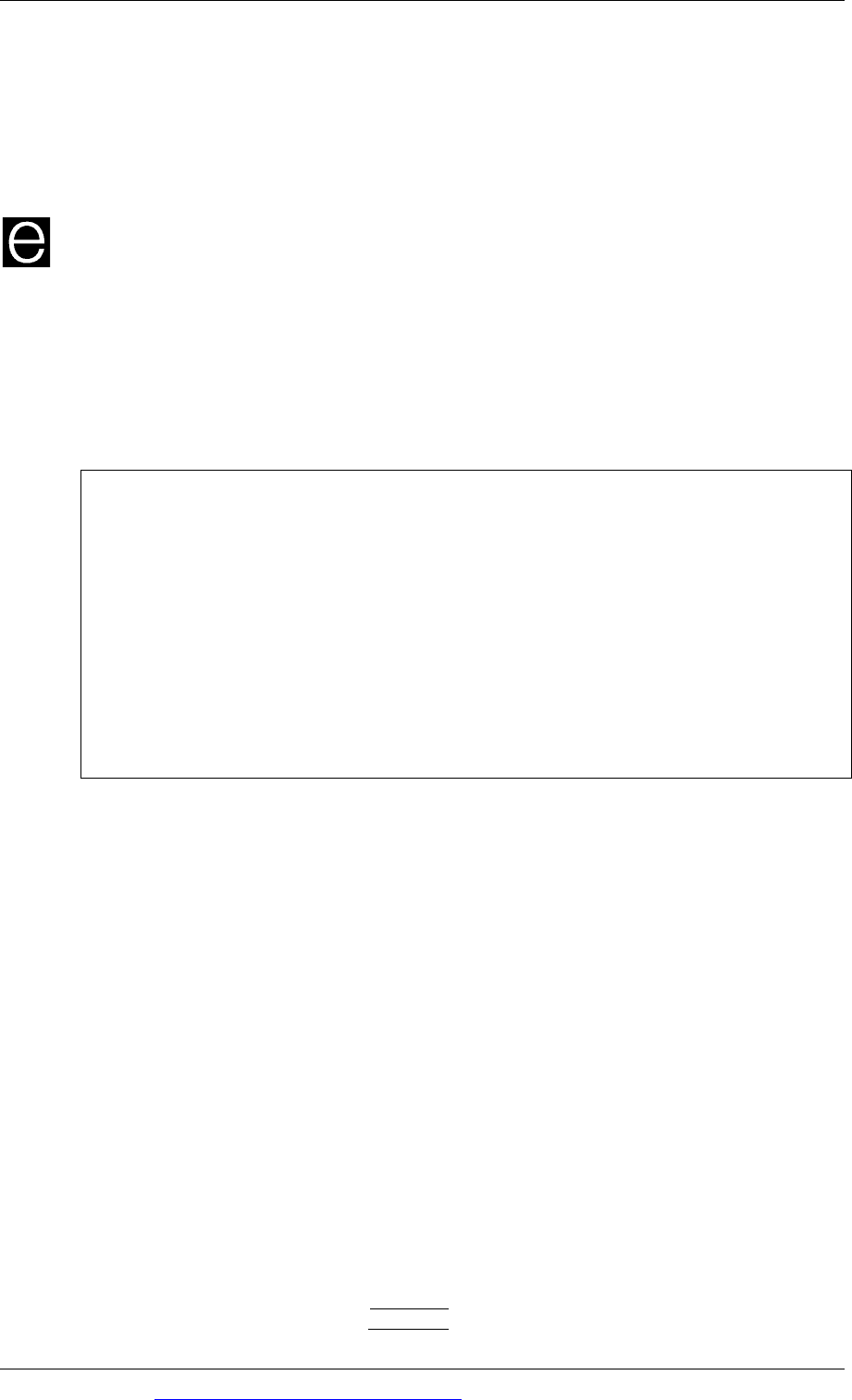
Chapter 14: Futures and hedging with futures
© EWP Go to www.emilewoolfpublishing.com for Q/As, Notes & Study Guides 365
This is close to the spot rate and futures price at the time the position was opened.
Ignoring basis, the futures hedge has therefore fixed the effective exchange rate
close to the spot rate and futures price when the hedge was created. However, in
this example, the exchange rate moved favourably, and the gain from the increase in
value of the dollar income was offset by a loss on the futures position.
Example: imperfect hedge and basis
A Netherlands company expects to pay US$1,200,000 to a US supplier in late
November. It is now late July, and the current spot exchange rate is €1 = $1.2200.
The current spot price for December dollar-euro currency futures is $1.2170. The
company wants to hedge its exposure with currency futures.
The logic of establishing a hedge with currency futures can be set out in the three-
step approach described earlier, as follows.
Step Comment
1
Identify the underlying transaction
that you are trying to hedge.
The European company will be paying $1.2 million.
2
What is the currency risk in the
underlying transaction?
The cost/value of the dollar will increase and the cost
in euros will rise. Futures are denominated in euros,
so it is better to state that the risk is that the value of
the euro will fall.
3
Work out a futures position that
creates a profit if there is a ‘loss’ on
the underlying transaction.
If a loss will be incurred on the underlying transaction
if the euro falls in value, the futures position should
create a profit if the value of the euro falls.
So sell euro currency futures, since a profit will be
made if the value of the euro falls and the futures
position can be closed by buying euro futures at a
lower price than the futures were originally sold.
The company will sell futures to create a ‘short position’ to hedge the currency risk.
The equivalent value of $1,200,000 at the current futures price is 986,031 euros
($1,200,000/1.2170).
The number of contracts required is therefore 7.9 contracts (€986,031/€125,000 per
contract).
The company will probably create the hedge with 8 contracts (by selling 8 December
futures).
In this example, the basis is 30 points in July (1.2200 – 1.2170). The December futures
contract reaches settlement in five months’ time, therefore basis should fall by 6
points each month (30 basis points/5 months). By the end of November, four
months later, the basis should therefore have fallen by 24 points, from 30 to 6.
Suppose that in November when the dollars are paid, the spot rate has moved to
1.2040 and the futures price is 1.2030. (The actual basis is 10.) The company will
close its futures position.
Open futures position: sell at 1.2170
Close position: buy at 1.2030
Loss 0.0140
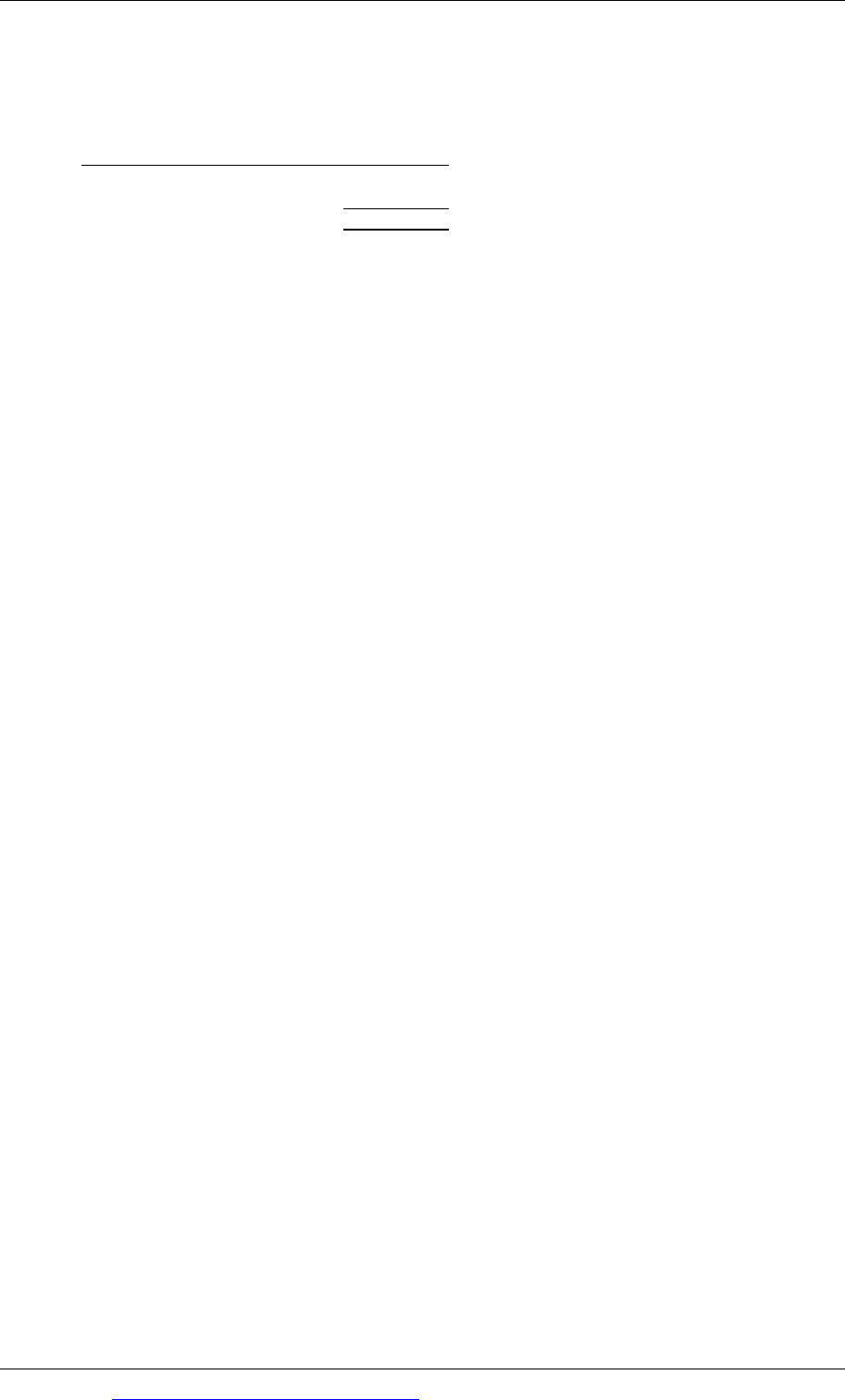
Paper P4: Advanced Financial Management
366 Go to www.emilewoolfpublishing.com for Q/As, Notes & Study Guides © EWP
Gain = 140 ticks per contract at $12.50 per tick.
Total gain on futures position = 8 contracts × 140 ticks × $12.50 = $14,000.
$
Payment to customer 1,200,000
Gain on futures
(14,000)
Dollars to be purchased spot 1,186,000
Buy dollars at 1.2040 spot
Cost in euros
€
985,050
Effective exchange rate secured by futures hedge = US$1,200,000/€985,050 =
US$1.2182/€1.
This is fairly close to the spot rate and futures price at the time the position was
opened. In this example, the expected basis in November was 6 points and the
actual basis was 10 points, and the gain on the futures position was therefore 4
points or ticks per contract more than expected. This has affected the value of the
hedge by 8 contracts × 4 ticks × $12.50 = $400.
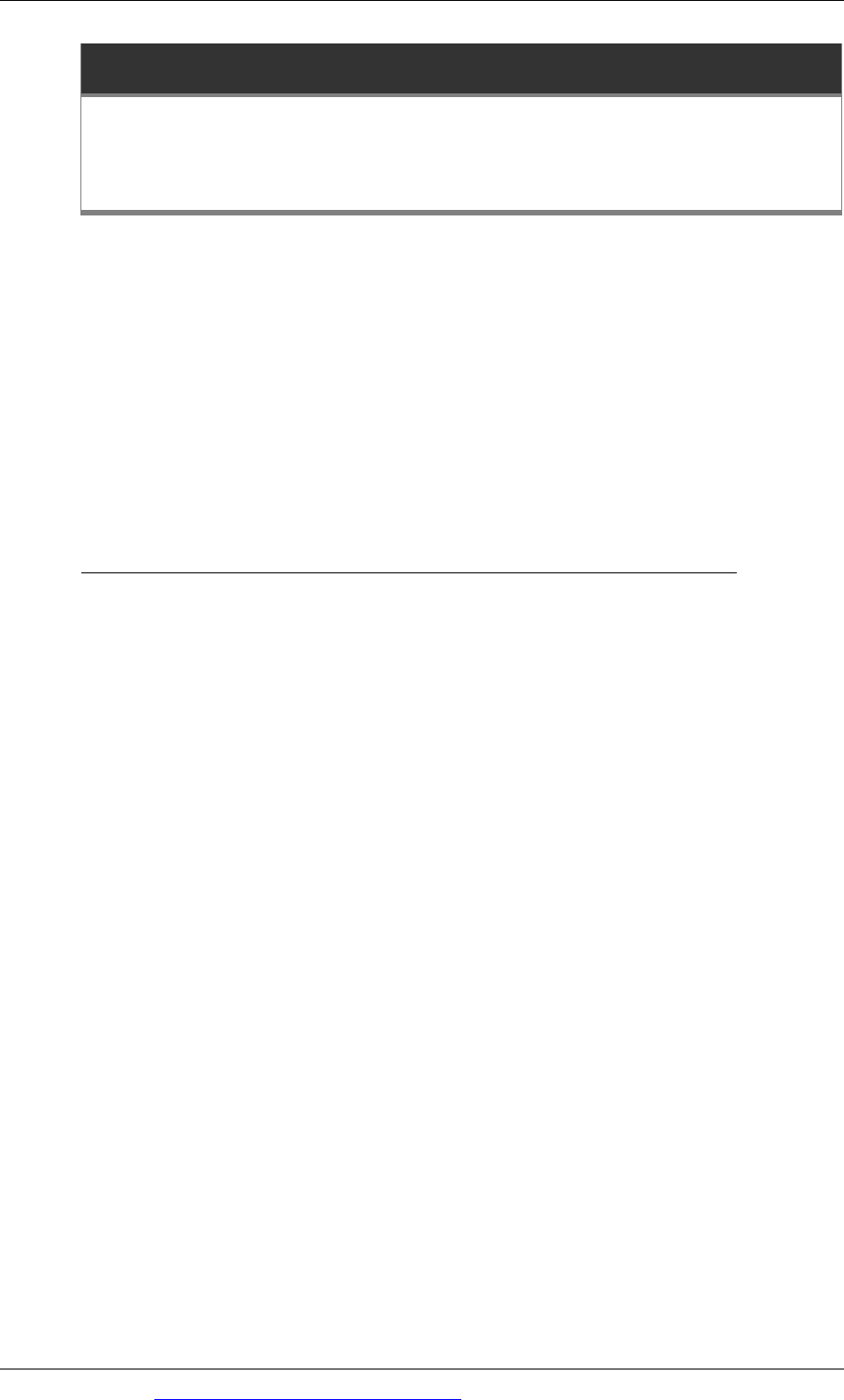
Chapter 14: Futures and hedging with futures
© EWP Go to www.emilewoolfpublishing.com for Q/As, Notes & Study Guides 367
Short-term interest rate futures (STIRs)
Features of short-term interest rate futures
Hedging short-term interest rate exposures with STIRs
Hedging examples
8 Short-term interest rate futures (STIRs)
8.1 Features of short-term interest rate futures
A short-term interest rate future (STIR) is a contract for the purchase and sale of a
notional deposit, usually a three-month bank deposit. An examination question
should give you the contract size for any STIR and the length of the deposit period.
The most commonly-traded STIRs include the following:
Contract
Underlying amount
= three-month deposit of:
Tick value
(0.0001 of price)
Eurodollar US$1,000,000
$25
Euribor €1,000,000
€25
Short sterling £500,000
£12.50
Prices
The futures price for STIRs is the annual interest rate. However, the rate is deducted
from 100, which means that:
A rate of 4% per year is indicated by a futures price of 96.0000 (100 – 4)
A rate of 5.2175% is indicated by a futures price of 94.7825
A price of 93.5618 represents an annual interest rate for the three-month deposit
of 6.4382%.
A reason for pricing STIRs in this way is that:
when interest rates go up, the value of a future will fall, and
when interest rates fall, the price of the future will rise.
In this way, prices for STIRs move in the same way as cash market prices for bonds
and other interest products.
8.2 Hedging short-term interest rate exposures with STIRs
STIRs can be used to hedge exposures to the risk of a rise or fall in short-term
interest rates. Using short-term interest rate futures is similar to using currency
futures to hedge a currency exposure. However, the following rules need to be
applied.
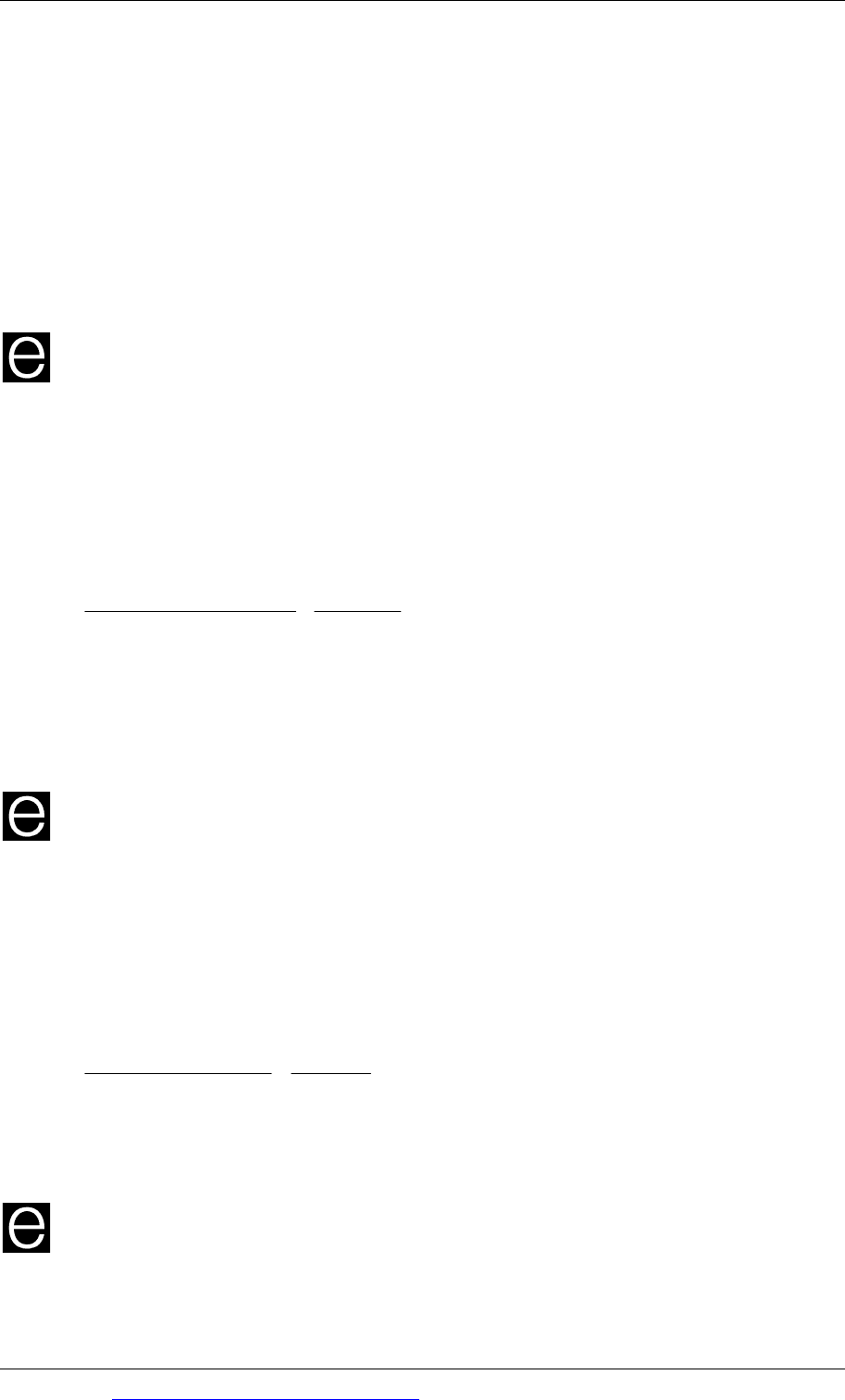
Paper P4: Advanced Financial Management
368 Go to www.emilewoolfpublishing.com for Q/As, Notes & Study Guides © EWP
If the aim is to hedge against the risk of an increase in the short-term interest
rate, the hedge is created by selling futures. If the interest rate does go up,
futures prices will fall, and there will be a profit on the short position in STIRs
If the aim is to hedge the risk of a fall in the short-term interest rate, the hedge is
created by buying futures.
Short-term interest rate futures are futures for three-month deposits. If a company
wishes to hedge an interest rate risk for a different interest period, such as two
months, four months or six months, the number of futures to create the hedge
should be adjusted by a factor: (Interest period to be hedged/3 months).
Example 1: number of futures for the hedge
It is now the end of October. A company expects to borrow $5 million for six
months from February, in four months’ time and is concerned about the risk of a
rise in the eurodollar interest rate. It decides to hedge the exposure with eurodollar
futures. Each eurodollar future is for a three-month deposit of $1,000,000.
The company will hedge the position by selling March futures. The number of
contracts required for the hedge for a six-month loan is:
$5,000,000
$1,000,000 per contract
×
6 months
3 months
=10 contracts
If changes in the three-month interest rate and changes in the six-month interest rate
are similar during the period that the hedge is in place, hedging with three-month
STIRs will be an effective method of hedging exposures to movements in the six-
month interest rate.
Example 2: number of futures for the hedge
It is now the end of July. A company expects to borrow £10.5 million for two months
from the end of October, in three months’ time and is concerned about the risk of a
rise in the sterling interest rate. It decides to hedge the exposure with sterling
futures. Each future is for a three-month deposit of £500,000.
The company will hedge the position by selling November futures. The number of
contracts required for the hedge for a two-month loan is:
contracts14
months3
months2
contractper£500,000
0$10,500,00
=×
8.3 Hedging examples
Example: perfect hedge, no basis
A company will need to borrow 8 million euros from the end of May. It is now
January. The company is concerned about the risk of a rise in the euribor rate (the
benchmark interest rate for the euro) and it wishes to hedge its position with
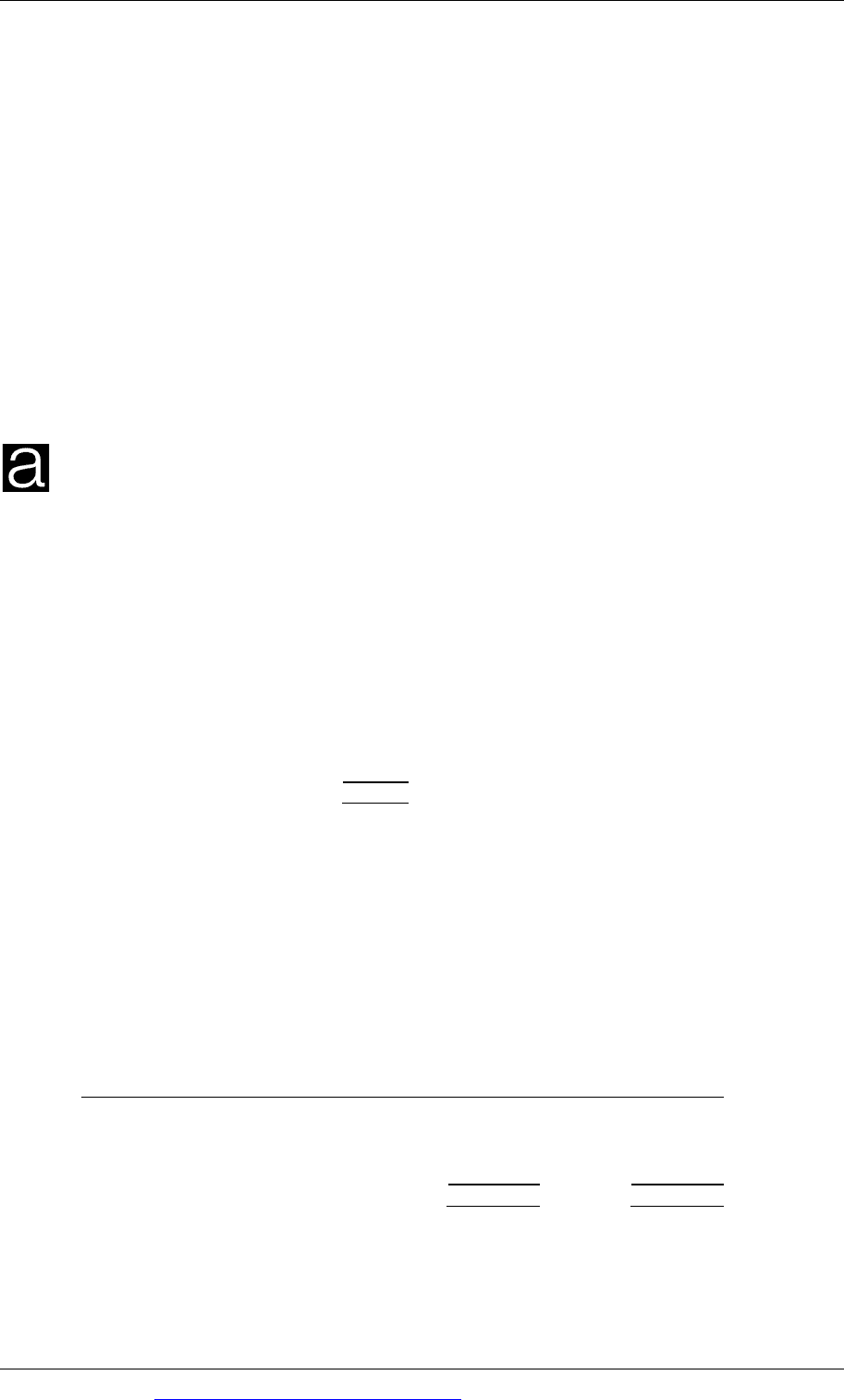
Chapter 14: Futures and hedging with futures
© EWP Go to www.emilewoolfpublishing.com for Q/As, Notes & Study Guides 369
futures. The current spot euribor rate is 3.50% (for both three months and six
months) and the current June euribor futures price is the same, 96.50.
The value of 1 tick for a euribor futures contract is €25 (€1,000,000 × 0.0001 × 3/12).
Required
(a) How should the company hedge its interest rate exposure if it plans to borrow
the 8 million euros for (1) three months or (2) six months.
(b)
Suppose that in May when the company borrows the 8 million euros, the
three-month and six-month spot euribor rate is 4.25% and the June futures
price is the same, 95.75 (100 – 4.25). Calculate the effective annual interest rate
that the company has secured with its futures hedge if it borrows the 8 million
euros for (1) three months or (2) six months.
Answer
The exposure is to the risk of a rise in the euribor rate. Therefore the company
should:
sell 8 June euribor futures (€8,000,000/€1,000,000 per contract) if it is hedging a
three-month loan exposure, and
sell 16 June contracts (8 contracts × 6 months/3 months) if it is hedging a six-
month loan exposure.
In May, the futures position will be closed. The selling price is 95.75.
Open futures position: sell at 96.50
Close position: buy at 95.75
Gain 00.75
Gain = 75 ticks per contract at €25 per tick.
Total gain on futures position:
(a) Hedging the three-month rate = 8 contracts × 75 ticks ×
€25 = €15,000.
(b) Hedging the six-month rate = 16 contracts × 75 ticks ×
€25 = €30,000.
The company will borrow 8 million euros at 4.25%.
(a) Hedging the three-
month rate
(b) Hedging the
six-month rate
€
€
Interest cost: €8 million × 3/12 × 4.25% 85,000
Interest cost: €8 million × 6/12 × 4.25%
170,000
Less gain on futures position (15,000)
(30,000)
Net effective cost 70,000
140,000
The net effective cost can be converted into an effective annual interest rate that has
been achieved by the hedge with futures.

Paper P4: Advanced Financial Management
370 Go to www.emilewoolfpublishing.com for Q/As, Notes & Study Guides © EWP
(a) Net effective interest rate for hedge of three-month rate =
70,000
8,000,000
⎛
⎝
⎜
⎞
⎠
⎟
×
12
3
= 0.035 or 3.50%
.
(b)
Net effective interest rate for hedge of six-month rate =
140,000
8,000,000
⎛
⎝
⎜
⎞
⎠
⎟
×
12
6
= 0.035 or 3.50%.
Given a perfect hedge and no basis, the hedge fixes the effective interest rate at the
interest rate when the futures position was opened.
Example: imperfect hedge and no basis
A UK company will need to borrow £4.75 million for three months from the beginning
of September. It is now April. The company is concerned about the risk of a rise in the
LIBOR rate and wishes to hedge its position with futures. The current spot three-month
LIBOR 5.45% and the current futures price is the same, 94.55.
Required
How should a hedge for the interest rate exposure be created, and what will be the
effective interest rate for the loan from September if the spot LIBOR rate is 5.14% in
early September and the September futures price is the same, 94.86?
The value of one tick for a ‘short sterling’ future is £12.50 (£500,000 × 0.0001 × 3/12).
Answer
The exposure is to the risk of a rise in the LIBOR rate; therefore the company should
sell September short sterling futures. The number of contracts to sell is 9.5 contracts
(£4.75 million/£500,000 per contract).. The company should sell either 9 or 10
futures, but the hedge will be imperfect. In this example, the company sells 10
September contracts.
The selling price in April is 94.55. In early September, the futures position will be
closed.
Open futures position: sell at 94.55
Close position: buy at 94.86
Loss 00.31
Loss = 31 ticks per contract at £12.50 per tick.
Total loss on futures position = 10 contracts × 31 ticks × £12.50 = £3,875
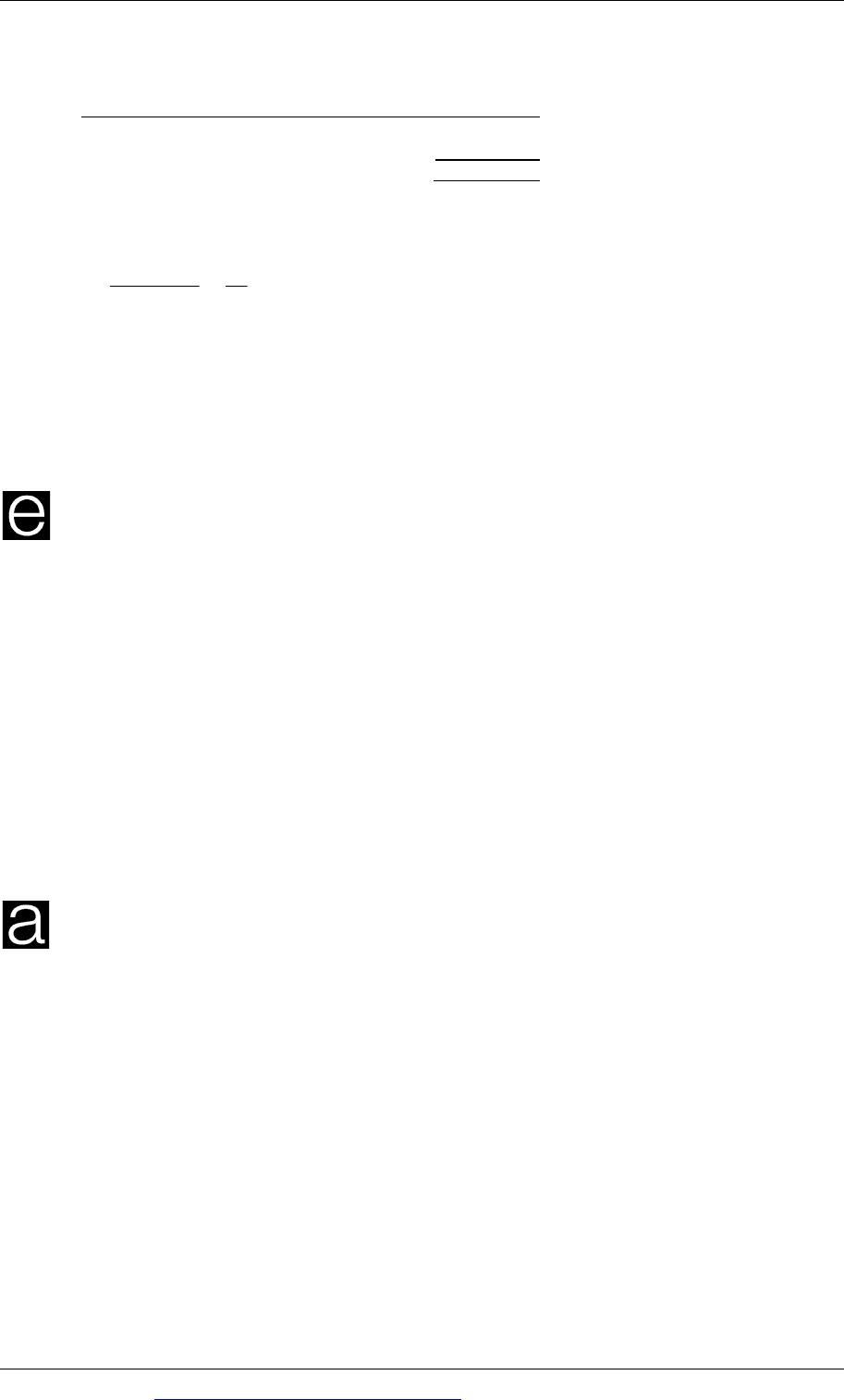
Chapter 14: Futures and hedging with futures
© EWP Go to www.emilewoolfpublishing.com for Q/As, Notes & Study Guides 371
The company will borrow £4.75 million for three months at 5.14%.
£
Interest cost: £4.75 million × 3/12 × 5.14%
61,037.50
ADD: loss on futures position 3,875.00
Total effective cost 64,912.50
Effective interest rate for hedge of three-month rate
=
64, 912.50
4,750,000
⎛
⎝
⎜
⎞
⎠
⎟
×
12
3
= 0.0547 or 5.47%
Given an imperfect hedge and no basis, the hedge fixes the effective interest rate at a
rate close to the interest rate when the futures position was opened (5.45%).
Example: perfect hedge and basis
A company will need to borrow US$20 million for three months from the end of
October. It is now the end of June. The company is concerned about the risk of a rise
in the US$ LIBOR rate and wishes to hedge its position with futures. The current
spot three-month US$ LIBOR is 4.30% and the current December eurodollar futures
price is 96.30.
The value of 1 tick for a Eurodollar future is $25.
Required
How should a hedge for the interest rate exposure be created, and what will be the
effective interest rate for the loan from October if the spot US$ LIBOR rate is 4.10%
and the December futures price at this date is 96.06?
Answer
The exposure is to the risk of a rise in the US$ LIBOR rate; therefore the company
should sell December Eurodollar futures. The number of contracts to sell is $20
million/$1,000,000 per contract = 20 contracts.
The selling price at the end of June is 96.30. The current spot three-month interest
rate is 4.30%, equivalent to 95.70. The basis is therefore 60 points. This should be
expected to reduce in size by 10 points each month in the six months between the
end of June and the end of December when the futures reach their settlement date.
By the end of October when the futures position is closed 4 months later, the
expected basis should be 20 points. (This is 60 points minus (4 months × 10 points
per month.)
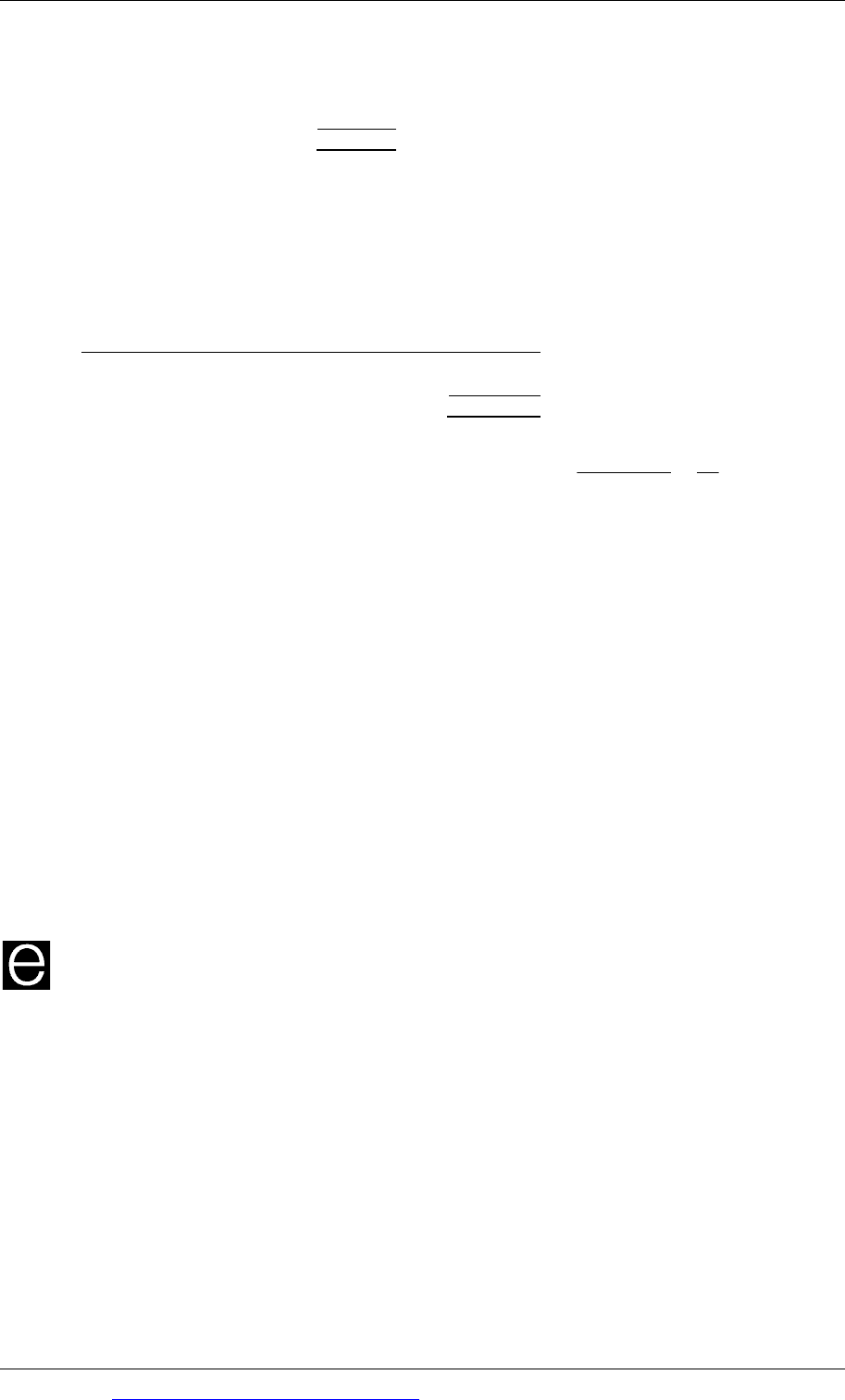
Paper P4: Advanced Financial Management
372 Go to www.emilewoolfpublishing.com for Q/As, Notes & Study Guides © EWP
At the end of October, the futures position will be closed.
Open futures position: sell at 96.30
Close position: buy at 96.06
Gain 00.24
Gain = 24 ticks per contract at $25 per tick.
Total gain on futures position = 20 contracts × 24 ticks × $25 = $12,000.
The company will borrow $20 million for three months at 4.10%.
$
Interest cost: $20 million × 3/12 × 4.10%
205,000
Less: Gain on futures position (12,000)
Net effective cost 193,000
Effective interest rate for hedge of three-month rate =
193,000
20 million
⎛
⎝
⎜
⎞
⎠
⎟
×
12
3
= 0.0386 or 3.86%.
At the end of October, the actual basis is 16 points, because the spot three-month
rate is 4.10% (95.90) and the futures price is 96.06. (96.06 – 95.90 = 0.16 or 16 points).
The value of 16 points or ticks on the futures position would be 20 contracts × 16
ticks × $25 = $8,000. This represents an effective interest rate on borrowing $20
million for three months of [($8,000/$20 million) × (12/3) =] 0.0016 or 0.16%. This is
the difference between the effective interest rate secured by the futures position and
the interest rate in the futures contract when the position was opened in June
(3.70%).
Conclusion
The effectiveness of a hedge is reduced when the hedge is imperfect and because of
basis and basis risk.
Example: perfect hedge and basis
A company will need to borrow £60 million for four months from the end of April.
It is now the end of November. The company is concerned about the risk of a rise in
the LIBOR rate and wishes to hedge its position with futures. The current spot
three-month LIBOR is 5.50% and the current June sterling interest rate futures price
is 94.85. The company is able to borrow at LIBOR + 0.75%.
One tick is 0.01% and the value of a tick is £6.25. The nominal three-month deposit
in a sterling futures contract is £500,000.
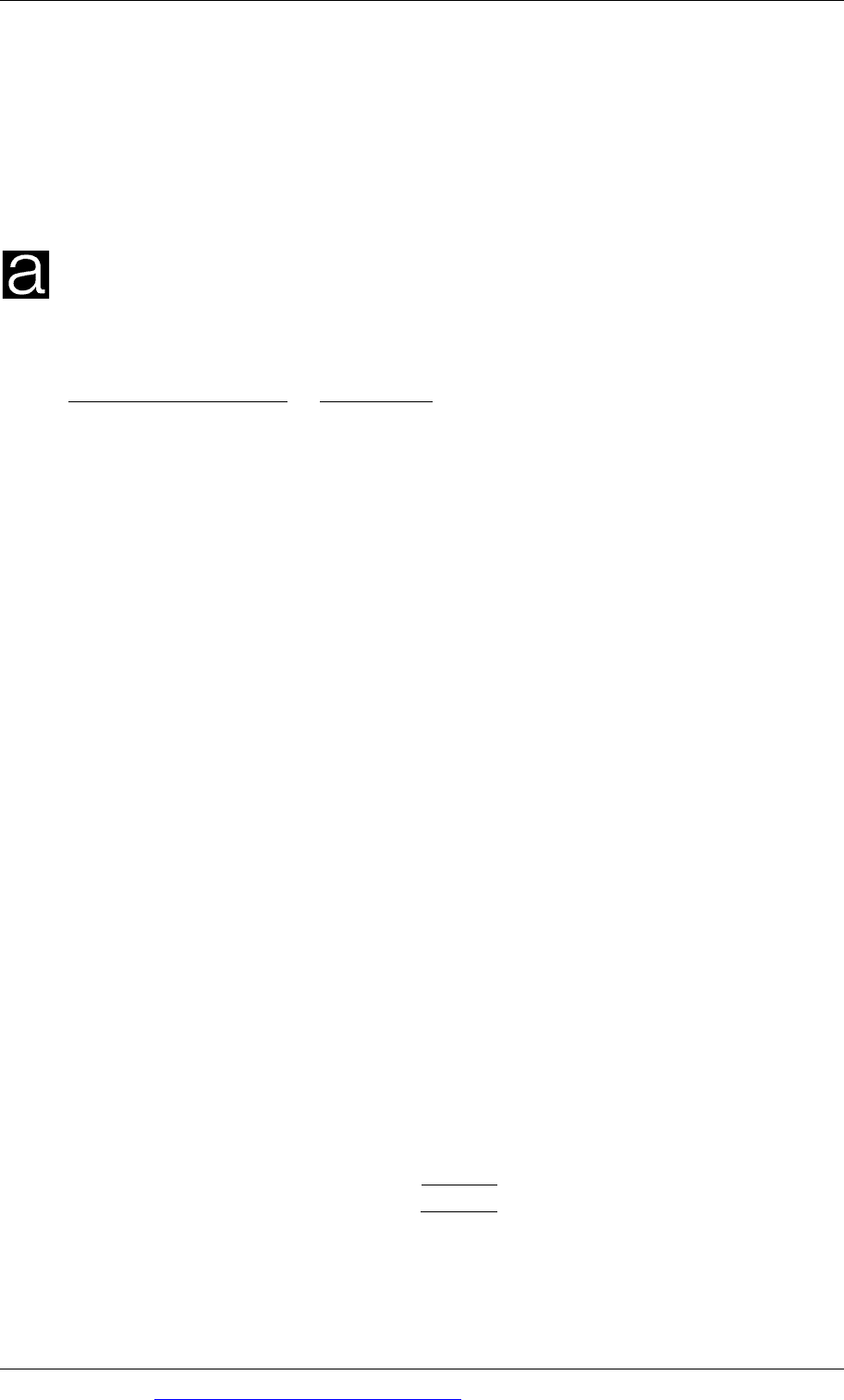
Chapter 14: Futures and hedging with futures
© EWP Go to www.emilewoolfpublishing.com for Q/As, Notes & Study Guides 373
Required
(a) How should a hedge for the interest rate exposure be created?
(b)
What will be the expected effective interest rate for the loan from the end of
April? The expected basis at the close-out date should be estimated, but basis
risk should be ignored for the purpose of this example.
(c)
What will be the actual effective cost of borrowing the £60 million at the end
of April if LIBOR at that time is 5.75%?
Answer
(a) The exposure is to the risk of a rise in the LIBOR rate; therefore the company
should sell June futures. The number of contracts to sell is:
£60 million × 4 months = 160 contracts
£500,000 per contract 3 months
The company should sell 160 June STIRs at 94.85, which ‘fixes’ the interest rate at
5.15% for the end of June.
(b)
Basis at the end of November is the difference between the futures price (94.85) and
the LIBOR spot rate (5.5% or 94.50). Basis is therefore 35 points (94.85 – 94.50).
There are seven months from the end of November to settlement of the futures
contract at the end of June, so basis is expected to fall at the rate of 5 basis points
(0.05) per month. By the end of April when the futures position will be closed,
expected basis is 0.10 (2 months × 0.05) and the futures price is expected to be higher
by the spot rate by this amount.
Selling the futures contracts therefore ‘fixes’ the LIBOR interest rate at a rate close to
5.25% for the end of April (the 5.15% in the futures price plus the expected basis of
0.10%).
Since the company can borrow at LIBOR + 0.75% the total effective borrowing rate
for the four months that the company hopes to ‘lock in’ with the futures – given no
basis risk – is 5.25% + 0.75% = 6.00%.
(c)
If the spot LIBOR rate at the end of April is 5.75% or 94.25, the expected futures
price will be 94.35 (10 basis points higher, given no basis risk).
The futures position will be closed as follows:
%
November: sell at 94.85
April: buy to close at 94.35
Profit 0.50
Profit per contract = (0.50/0.005 per tick) × £6.25 per tick = £625.
Profit on 160 contracts = £625 × 160 = £100,000.
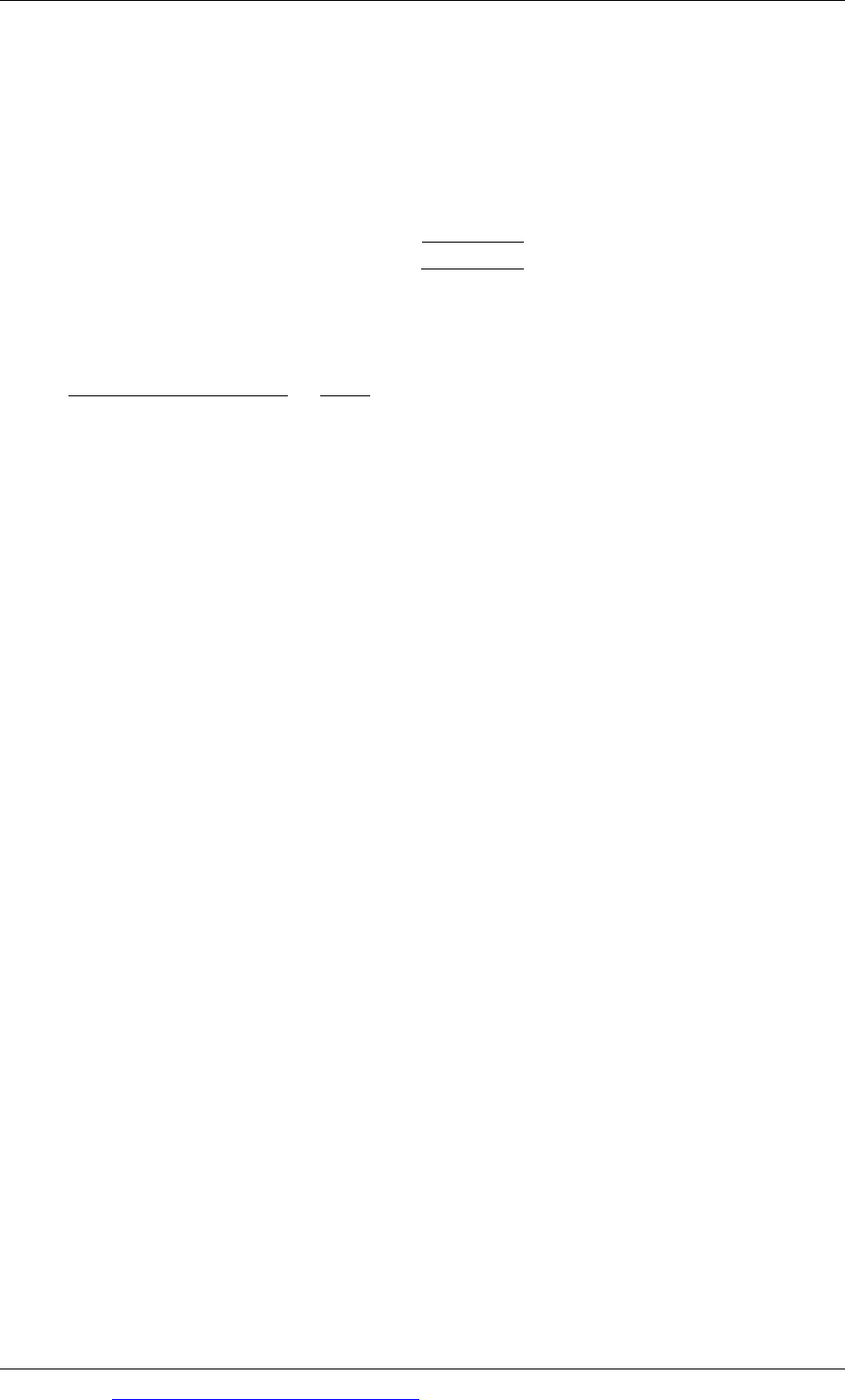
Paper P4: Advanced Financial Management
374 Go to www.emilewoolfpublishing.com for Q/As, Notes & Study Guides © EWP
The company will borrow £60 million for 4 months at an interest rate of 6.50%
(LIBOR + 0.75%).
The interest cost of the loan will be £60 million × 6.50% × 4/12 = £1,300,000.
£
Interest cost of loan 1,300,000
Gain on futures position (100,000)
Net borrowing cost 1,200,000
The effective net interest cost is £1,290,000. On a loan of £60 million for four months,
this represents an effective interest rate of:
£1,200,000 × 12 = 6.00%
£60 million 4
This actual effective borrowing rate of 6.00% is the same as the expected effective
borrowing rate calculated in part (b).
